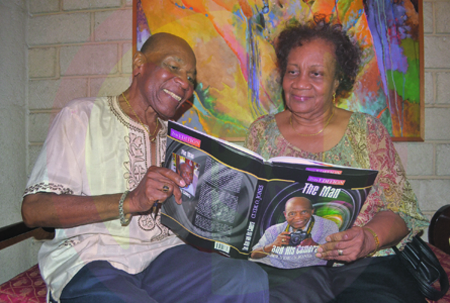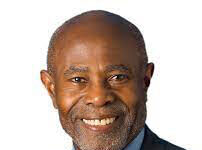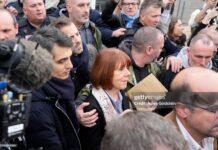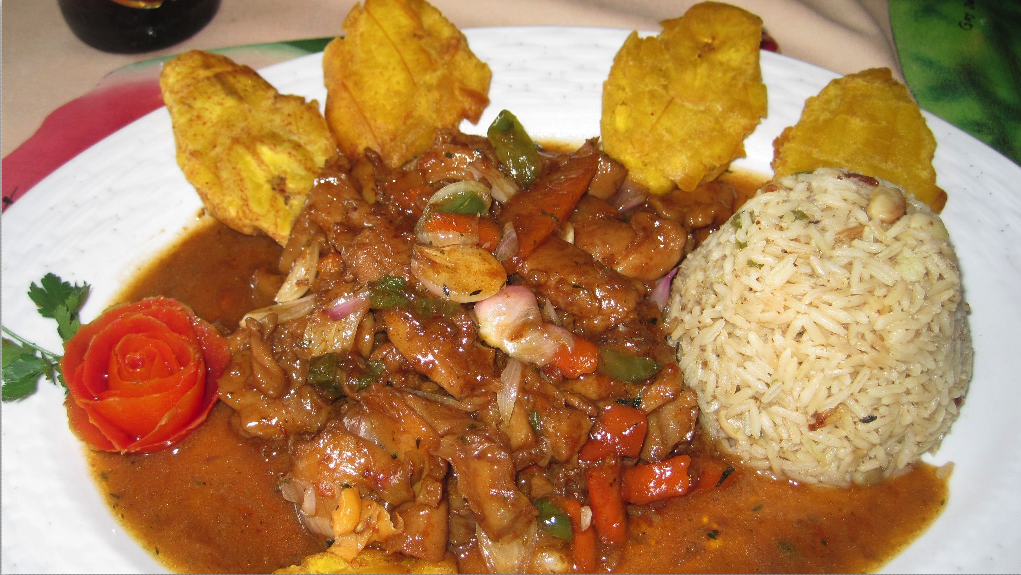By NAN Staff Writer
News Americas, NEW YORK, NY, Mon. April 5, 2021: A Caribbean American photojournalist who covered the Diaspora in New York and the Caribbean for many decades in dead.
Award-winning photojournalist, Cuban-born Barbadian Clyde Jones, reportedly died in hospital after a prolonged illness, according to long-time journalist, Tony Best, writing for the Barbados Nation.
Jones, who was born in Sugar Hill in St Joseph, was in his late 80s. His wife, Thelma Jones, a former Wall Street banker, told Best that her husband passed away in Mount Sinai Hospital in Brooklyn.
Jones contributed to the Barbados Advocate for about 20 years and the Nation newspapers for at least a quarter of a century. He was also a photographer for Everybody’s Magazine and was also known to many parliamentarians, sports figures and cultural figures. Jones published some of his work in a book, titled: ‘The Man And His Camera.’
Barbados’ Consul General in New York Mackie Holder remembered Jones as “a stalwart, a pillar of the Barbadian community in New York and elsewhere.”
“He was irrepressible and was everywhere and was present at anything to do with Barbados. He did a tremendous amount of work to publicize Barbadian events and kept Bajans well informed. He was always fully supportive of the Barbados Consulate-General,” Holder was quoted by the Nation as saying.
“He was known for his high-quality photographs, enthusiastic interest in every aspect of Barbados’ development and for the way he carried himself in his personal life,” Noel Lynch, Barbados Ambassador to the US and the OAS in Washington, told the paper. “I would describe him as an institution. When I was involved in the management and policymaking of our tourism industry across the Caribbean, Clyde was always there with his camera at every Caribbean tourism conference. He is going to be sorely missed.”
Jones’ father Dudley Jones, according to the Nation, was a well-known Prison officer at HM Prisons, Glendairy, and so devoted to the job that on retirement, his desire was that the eldest of his four sons would step into his shoes. Clyde did for a short time, not wanting to disappoint his father. He soon after resigned and found work again as supervisor of roadworks with the department of Highways and Transport.
However, the opportunity to capitalize on his limited knowledge of photography came with the offer of a job as an aerial photographer with the High Altitude Research project (HARP).
This was a joint initiative between the American and Canadian Defence departments in which a giant gun was being erected at Paragon in Christ Church. Clyde could not believe it when he was encouraged to apply for the job.
Taking advantage of the HARP experience, he decided the time had come for formal training in photography. Jones quit HARP, migrated to Montreal and entered Montreal’s Institute of Photography. The year was 1964 and armed with certification after one year of study, he headed for New York.
The Barbadian community in New York proved to be fertile ground for photographs and tidbits about the diaspora, news he submitted back home to the Barbados Advocate in the early years. He also enrolled in journalism courses at New York University and not long after he became the North American photo journalist for the Barbados Advocate, writing a column for 20 years.










